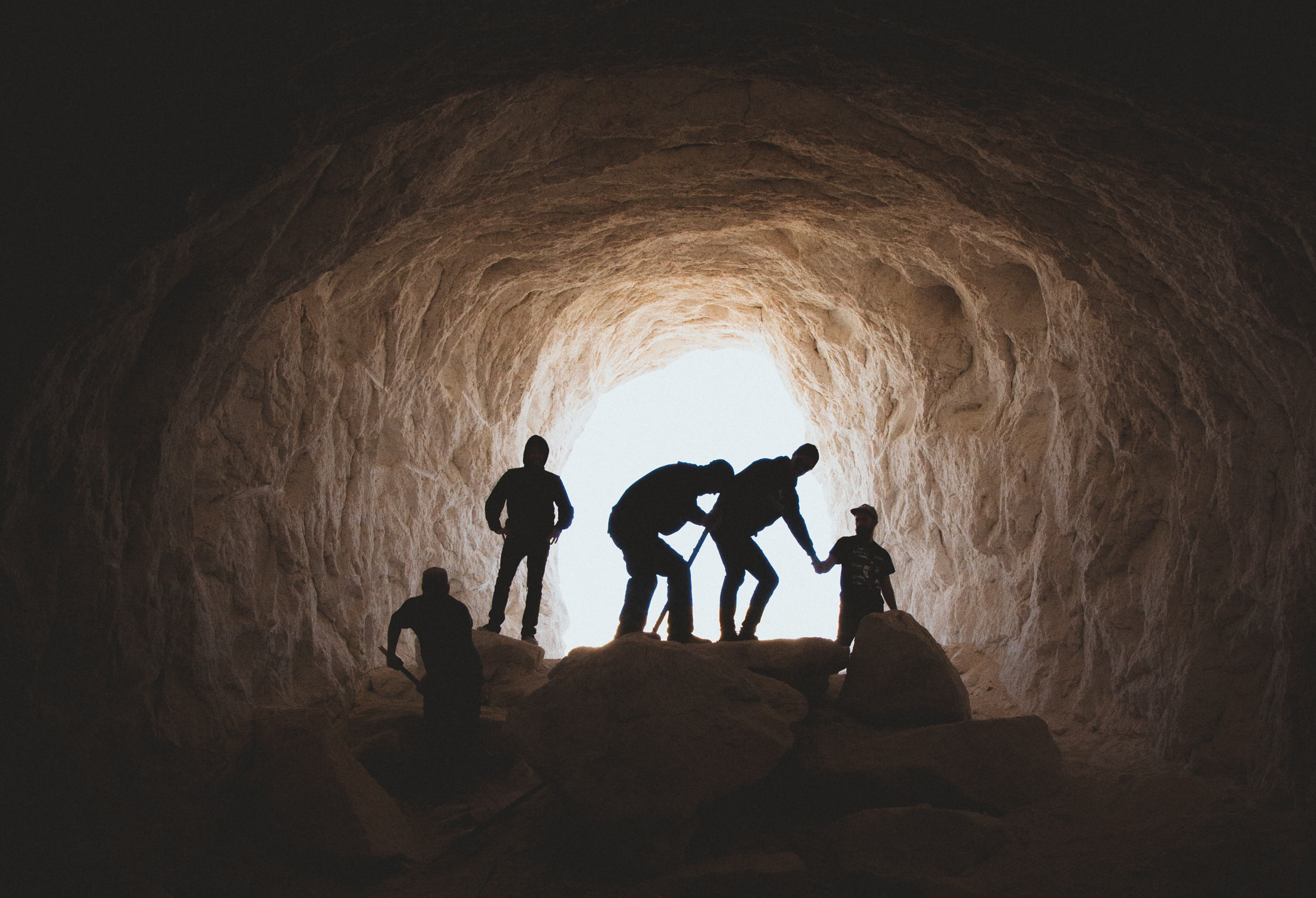A significant number of modern physicists think the universe of made of information. The physical world amounts to a vast exchange of data, they tell us. It gets more abstract, but we’re not here to talk about loop quantum gravity or massive cellular automatons.
Whether or not you find the idea of digital physics appealing, it’s hard to deny that information is at the heart of the mining industry. If we lack information – or if we lack the ability to organise and interpret information – we simply cannot push efficiency to the next level. Information illuminates hidden parts of the value chain and inspires next-generation solutions to the problems we face, both as individual companies and as a whole.
Information in action
The reigning in of costly preventative maintenance through better equipment sensors (and deeper databanks) is one of the best examples. In the past, operators could either run vital equipment until it failed, or replace vital components on a set schedule. The first option would result in costly downtime, safety concerns, and the possibility of damaged hardware. The second option would also result in downtime, along with the hidden cost of replacing parts before they reached the end of their life cycle.
Equipment sensors now exist that can give us the information we need to make timely and cost-effective decisions when it comes to equipment maintenance. Tachometers, accelerometers, transducers, and other sensors offer a forensic picture of what’s going in inside the heavy equipment we use to mine ore. Proof of concept will only grow stronger as the technology progresses – and the barriers to entry will drop lower, even for small operations.
Another possibility – one that further exemplifies a forensic approach to mining – is thermal imaging. Unlike other types of sensors, thermal imaging (also known as thermography) doesn’t depend on added internal components which can break down or malfunction. It’s a hands-off, no contact way to extract vital information about heat, which of course is a classic indicator of equipment failure.
We can see an unusually hot voltage regular on the verge of failure, a hydraulic arm with critical issues, or a motor about to burn out. The same technology that helps police locate criminals on the run can be used to root out the operational risks, minimise unplanned downtime, and maximise many more pieces of the value chain.
There are several METS who deal in thermal imaging technology, and greater number mining companies are now training their own people to operate thermal cameras and analyse the data. It’s an exciting frontier in predictive maintenance; it shows how information and technology can open the door to greater operational efficiency.
Digital blasting is a relatively mature example of the same phenomenon. The technology has been evolving for decades (programmable electronic detonation systems came to market in the 1990s), and has generated a convincing body of evidence to support its use. Today’s hardware and expertise can give operators unprecedented control over blast events, including the ability to remotely fire a series of simultaneous blasts in different areas, or stronger synchronised blasts in a single shot.
The results (e.g. better fragmentation, faster excavation, fewer blast days, reduced downtime) show what’s possible when the power of meticulous blast engineering – information, in other words – is combined with superior blast technology.
Information isn’t everything
Today, the forensic approach to mining is reaching into every area of operations. There are emerging practices like drone surveillance protocols, IoT applications, and smart helmets for enhanced worker safety. There are trucks and even drills that work around the clock, giving and receiving a steady stream of data.
Despite what the local physicist might say, a mining operation is made of more than information. It’s made of people, communities, histories, natural environments. Information is important, though – and we’re only beginning to see how far it can take us.







